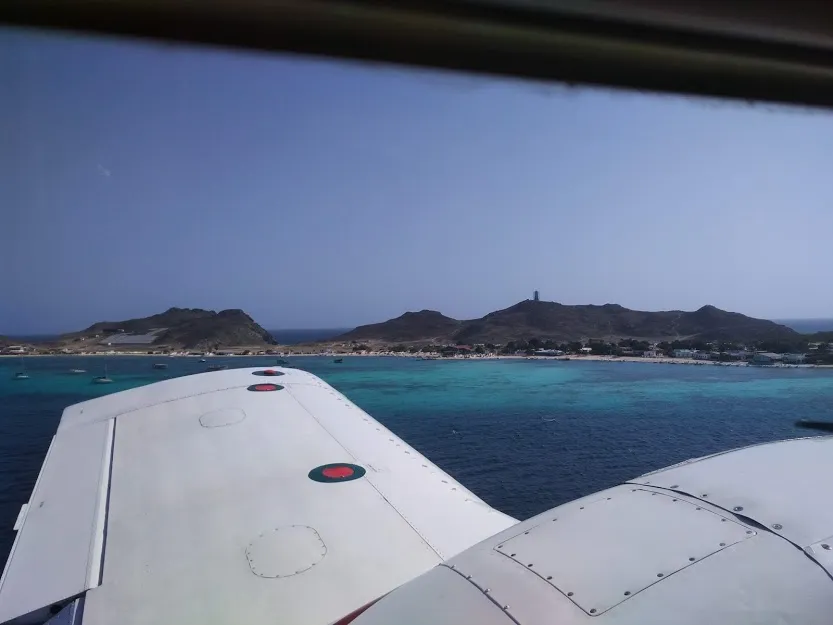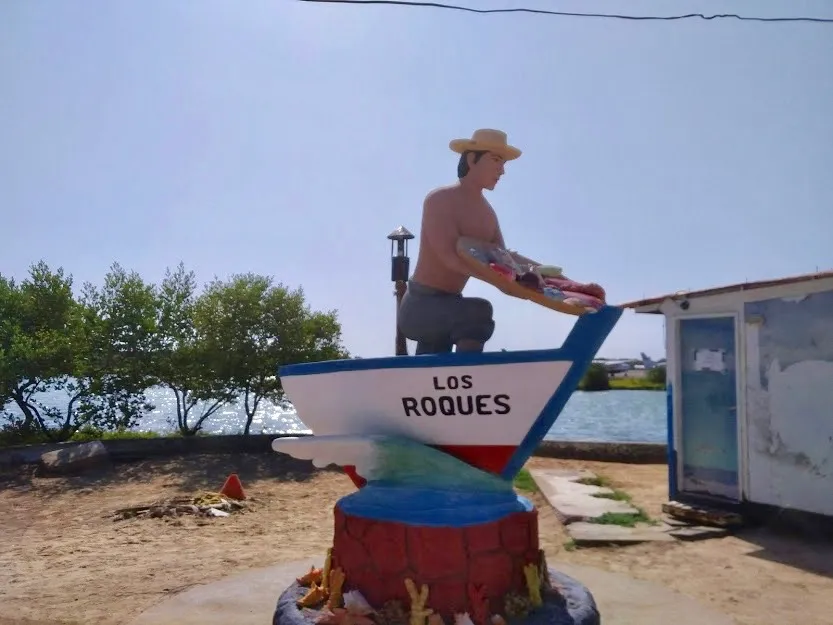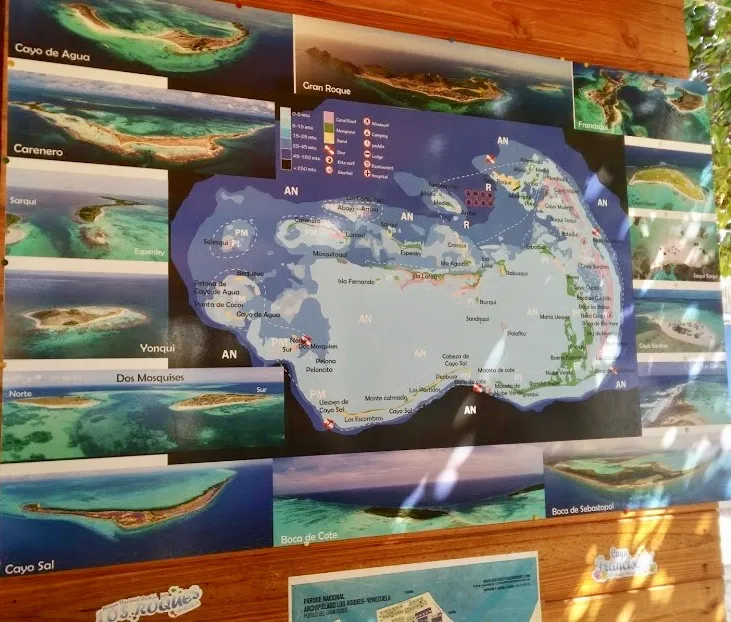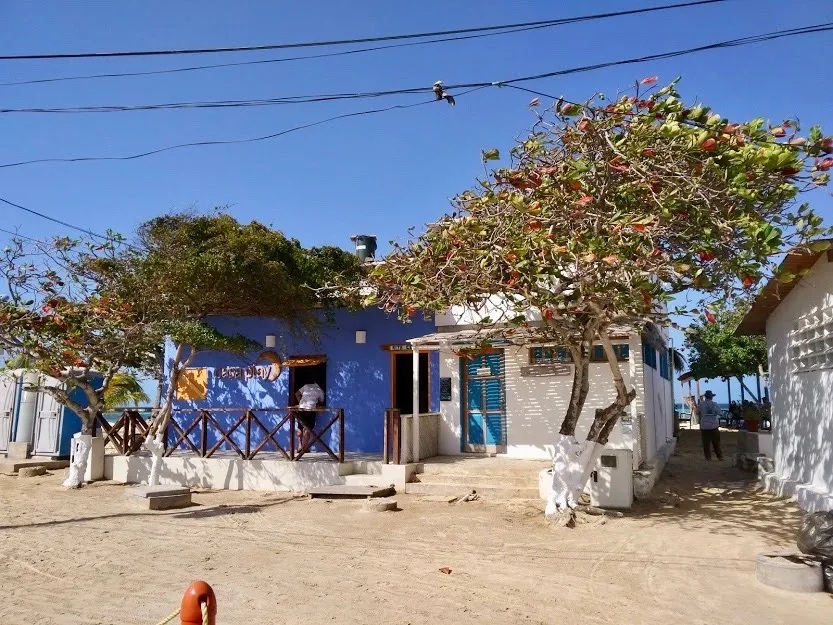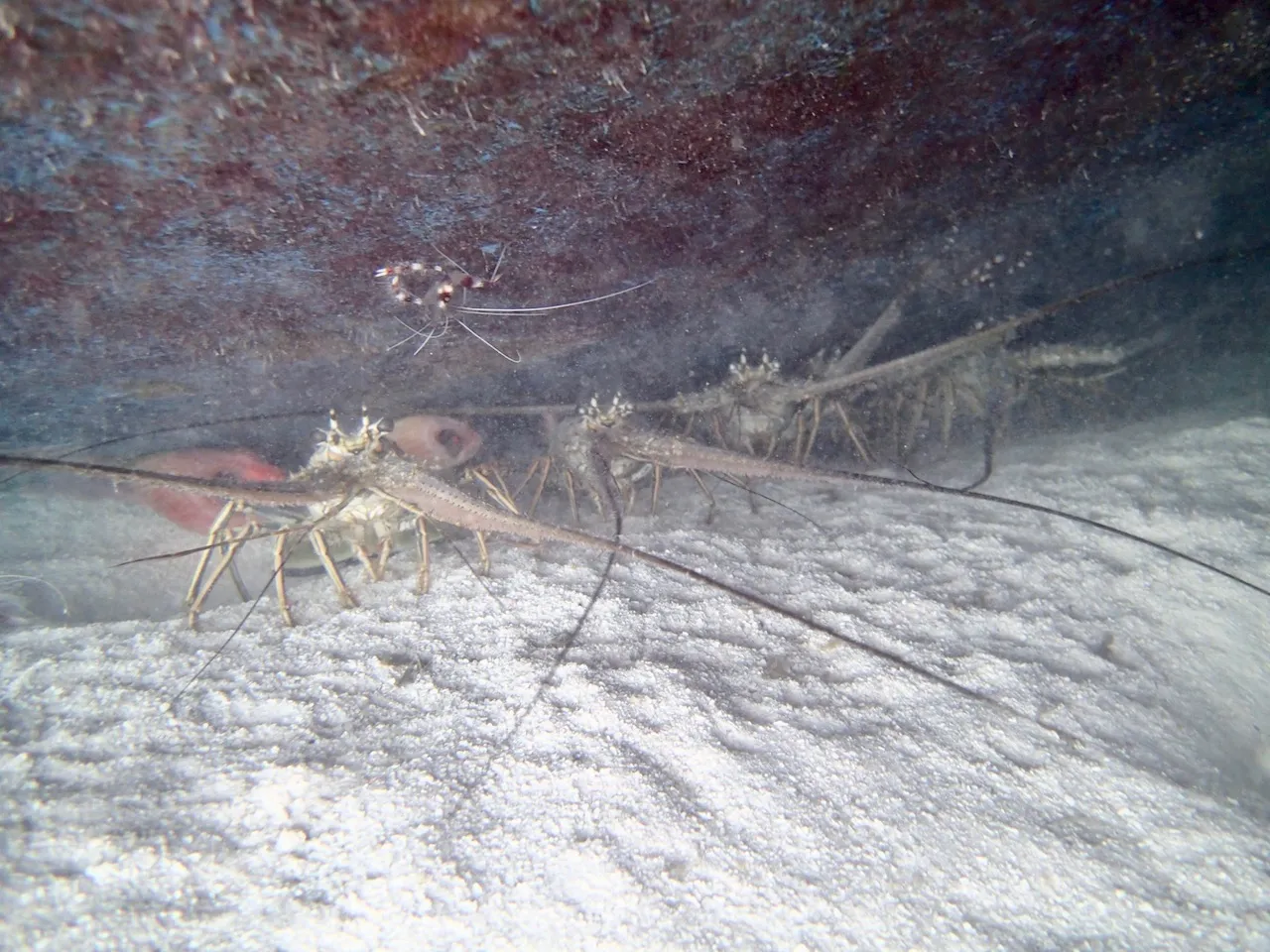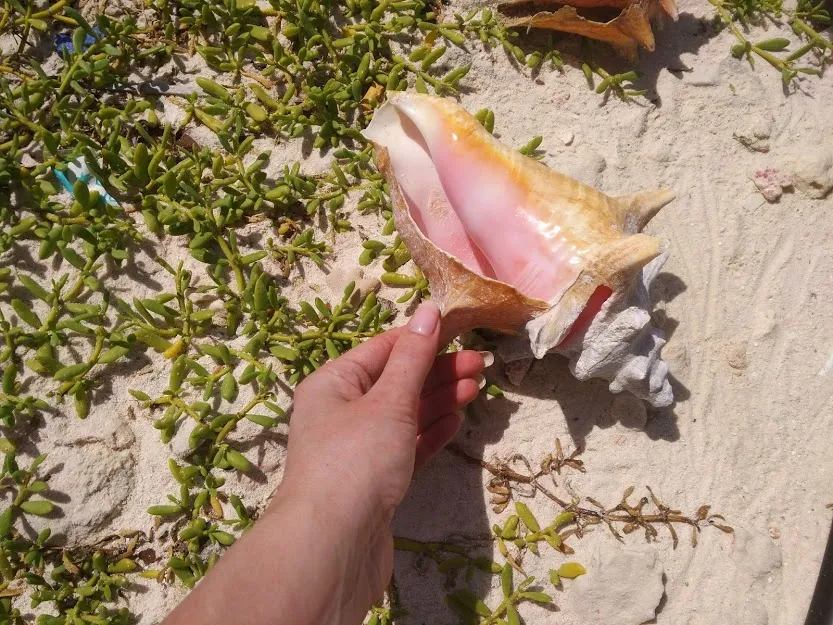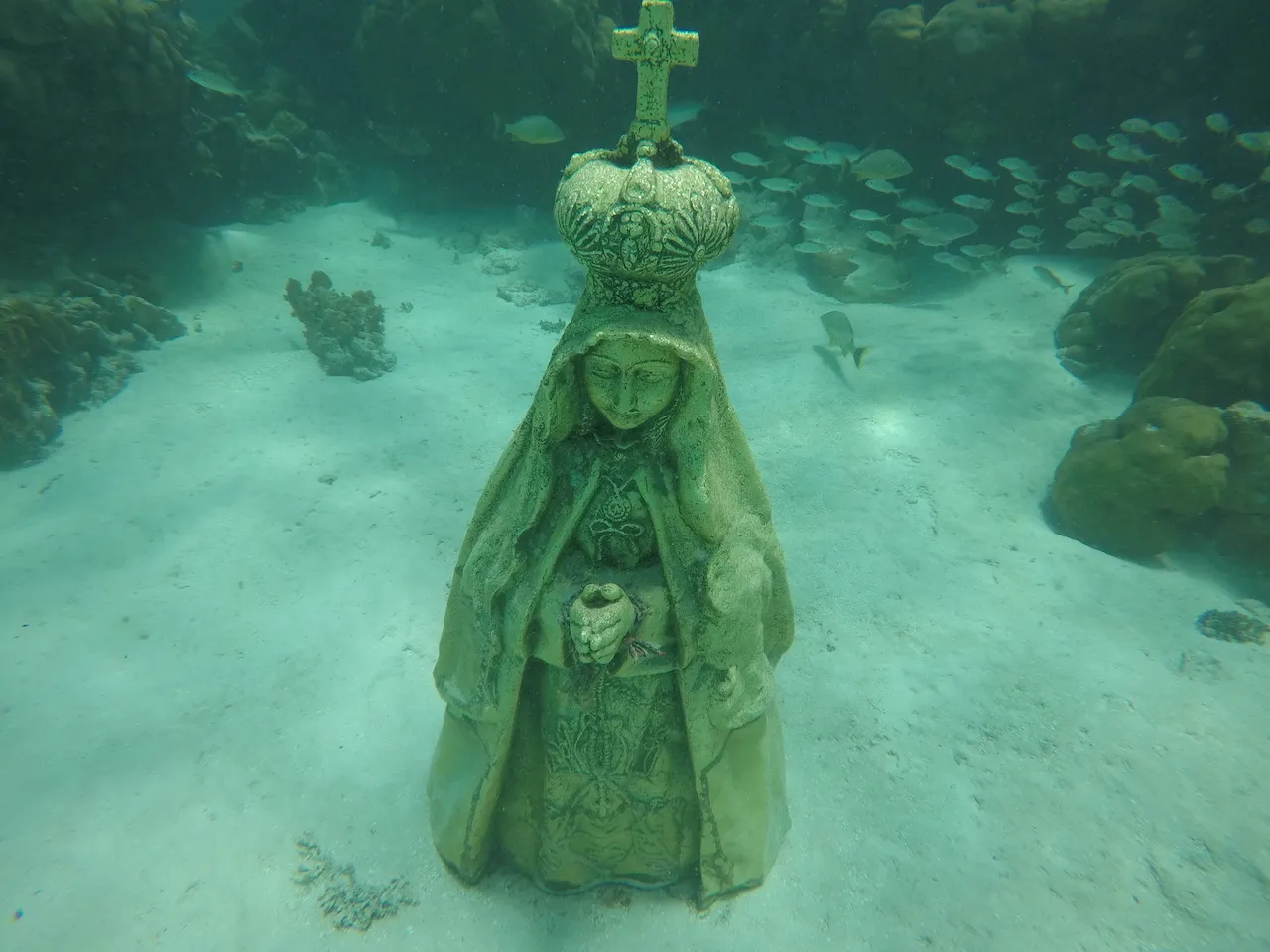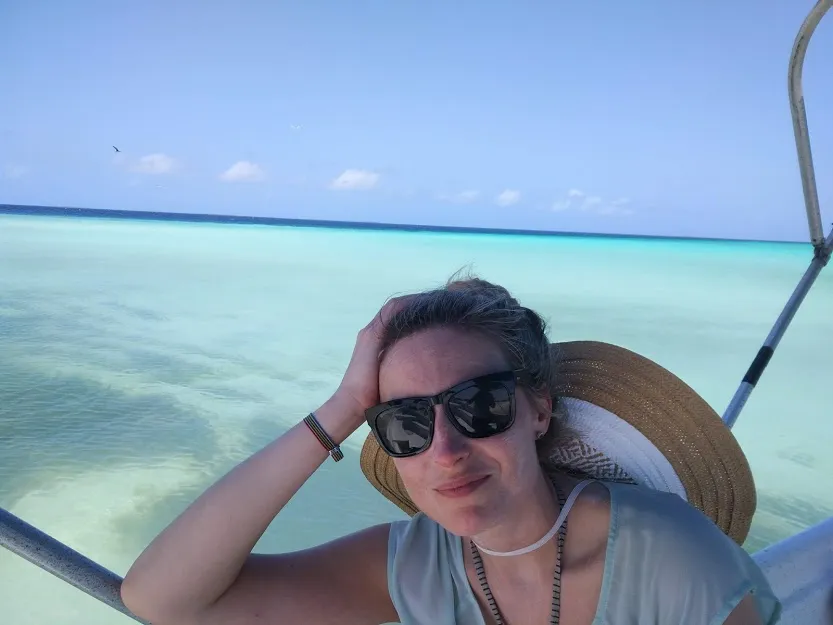This content was deleted by the author. You can see it from Blockchain History logs.
Los Roques Archipelago - What The Caribbean Was Like Before Tourism
Located in the Caribbean 160 km north of Caracas and about 45-minute flight lies an archipelago of hundreds of islands and rocks.
Los Roques is a National Park, within the Leeward Antilles, that covers 221,120 ha. Considered to be one of the best-preserved and the largest atolls in the Caribbean but not widely known about outside Venezuela.
This paradise in aquamarine, crystalline waters is virtually uninhabited.
Marine ecosystem of exceptional beauty and ecological value dominated by magnificent coral beds, mangroves, hard sand flats, seagrass beds and pristine beaches of white sand, where the sea is warm all year round and the average daytime temperature is 28 °C.
Los Roques Archipelago is only 130 meters above sea level. Gran Roque is the only island with a landing strip and the main entry point.
The small native town on the Island of Gran Roque has more than 1,200 residents, doesn’t have paved roads, no cars except for water trucks, 60 small lodges, no noisy bars, no big hotels. It is a haven for windsurfing, kite-surfing, snorkelling and diving.
The deep blue sea can reach depths of 1,700 metres in its deepest portion, with average depths below 15 m in the north.
At its highest point, now falling into disrepair stands the oldest of three lighthouses -the Dutch Lighthouse, built between 1870 and 1880 - a landmark of Gran Roque.
Los Roques Archipelago is an important reservoir of biodiversity and food resources, approximately 38 plant species have been reported, four species of sea turtles (the hawksbill turtle, the green turtle, the loggerhead turtle, the leatherback turtle). It is home to many species of birds a rich variety of marine life and many iguanas but no native land mammals exist.
The geologic origin of these reefs is very recent -about 10,000 to 15,000 years ago. However, the rock foundations that sustain the reefs originated about 40 million years ago during the Upper Cretaceous (Méndez 1978). These igneous and metamorphic rock foundations constitute the hills in Gran Roque. Calcareous sediments from reef crumbling, shells, and the residues of other marine organisms, accumulated on these rock foundations. After the last ice age, between 15 and 19 thousand years ago, sea levels rose considerably due to the melting of polar ice. This caused the growth of the north and south barriers, which enabled the formation of keys because they offered a natural protection of the inner area (Méndez 1978, AUA 2002). Los Roques is a unique archipelago because it is a coral-shaped atoll that formed without the intervention of volcanic processes (Méndez 1978). http://www.parkswatch.org/parkprofile.php?l=eng&country=ven&park=ronp&page=phy
Recent archaeological studies indicate that the first humans to set foot in Los Roques left their tracks in the beaches possibly 2000 to 3000 years ago. According to findings of Botuto shells, the indigenous people frequently visited the archipelago in search of resources that were scarce or did not exist on the continent. They navigated great distance from the coast of the mainland to fish, capture queen conchs, turtles and to extract salt.
Excavations done in Dos Mosquises have provided valuable information about what life was like in the only Ocumaroid settlement known in the Venezuelan territory.
The settlement built around the year 1300 where farmers and fishermen, known as Ocumaroids and the latter group of Valenciaoids lived. The excavations carried out by the Venezuelan - Polish archaeological mission unearthed well-preserved small human clay figures.
In 17 and 18-century, pirates and smugglers used the Archipelago as a base or hiding place.
During the latter part of the XVIII century, the Dutch valued the archipelago for its natural resources. There was a demand for limestone used in construction, mangrove wood, used as fuel for steamships, used as fertilizer guano - bird droppings and salt, that has been extracted from the salt mines in Cayo Sal. It drastically affected the resources and the landscape of the Archipelago.
At the beginning of 20th century, Los Roques was included into "Columbus territory" by president Antonio Guzman Blanco by decree of the Territorio Colon.
Nowadays the fishing is restricted and tourism has replaced it lately as the main economic activity. The calm, quiet and marvellous islands attract many visitors, but the authorities established the marine protection zones, allowing a maximum of 70 per day - an average of 70,000 people visit the area annually.
References
Photos: @highonthehog
Images: sources linked below
• Antczak, M.M. Antczak, A. 1988. Sacred artifacts in prehispanic archaeological contexts, Los Roques Archipelago, Venezuela. Ancient 8: 8-11.
• Méndez, J. 1978. Archipiélago Los Roques/Islas de Aves. Cuadernos Lagoven. 48 pp.
Click on the coin to join our Discord Chat

Vote @adsactly-witness for Steem witness!
Witness proposal is here:
Witness Proposal
Witness Proposal Update
Go To Steem Witness Page
In the bottom of the page type: adsactly-witness and press vote.

Use small letters and no "@" sign. Or, click here to vote directly!
Thank you!



